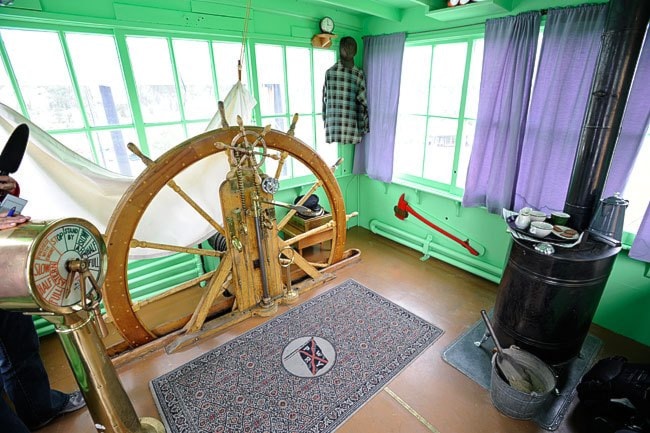COMMENTARY
Open letter to MP Ryan Leef:
You should be applauded for your efforts to prevent the closures of the SS Klondike and Dredge No. 4, but the scope of your discussions is not wide enough. There are other issues linked to the Parks Canada budget cuts that should cause great concern, and I haven’t heard you say what you are doing about them.
In your discussions with officials from Parks Canada, and with Finance Minister Jim Flaherty’s office, have you raised the more fundamental issue that the cuts have reduced the funding here in the Yukon, below the level which would allow Parks Canada to fulfill its mandate to preserve our national treasures for future generations?
It’s fine to pursue the guided tours on the SS Klondike and at Dredge No. 4; the Tourism Industry Association of the Yukon has made it clear how important these sites are to a healthy tourism economy. But don’t forget that they weren’t established as tourism attractions - they are being preserved for the education and enjoyment of future generations of Canadians.
Parks Canada has excelled in preserving historic sites for future generations, but they are rapidly losing the skill sets and capacity to do so in the future. The cuts imposed on Parks Canada are not something new; they have been going on now for more than 30 years. The recent cut announced May 2 of last year was merely the straw that broke the camel’s back.
Does Parks Canada now have the capacity to maintain resources like the SS Klondike, the SS Keno and Dredge No. 4 over the long run? These are major assets that demand engineering capability and support from a team of craftsmen. Have you discussed with Parks Canada whether they can now maintain these, and their many other assets in the Yukon so that they will survive for the enjoyment and enlightenment of future generations?
The private sector may be willing to take on the offering of tours to visitors as a business venture, but if they had to shoulder the responsibility and the costs for maintaining these assets, I’m sure that they couldn’t make a profitable business case. I am sure that they are more than delighted to guide tours as long as they don’t have to figure out how to keep the stacker on the dredge from collapsing, or the decks of the Klondike from leaking.
The furnishings that give the Klondike its authentic period appearance were created through the efforts of a large team of curators, conservators and historians who gathered the information, then the artifacts necessary to create the historic appearance. The team who maintained the exhibits on the Klondike and throughout the Yukon have been eliminated: two curators, a conservator and a collections specialist. In fact, the specialists in Winnipeg who provided support to the staff in the Yukon are gone as well.
There is now no one who can maintain these to a quality standard. Within a few years, without these people behind the scenes, the exhibit on the Klondike, and the exhibits found at other national historic sites in the territory will lose their lustre. They will fade from exposure to light, rust from exposure to moisture and become damaged by water leaks, vandalism and misadventure. They won’t look good any more, and even the private sector will no longer be willing to show them to visitors. They can’t afford the price of hiring curators, conservators and others to maintain these assets.
These same staff were the ones who created new and appealing exhibits that enhance the commemoration of our history, and entertain our visitors. With them gone, the old exhibits will never change, they will simply grow stale.
The cultural assets of Parks Canada in the Yukon are worth between $50 million and $100 million, but the staff who maintained these assets has been reduced, or eliminated entirely. I can’t imagine anyone seeing the sense in allowing a treasure so valuable to be unsecured and uncared for.
These are more than tourism assets, they are iconic symbols of the development and achievements of our nation, and they are to be handed over to our grandchildren. The problem is that they will become shabby unless we can change the direction that funding is headed.
I think even the tourism industry would like to see these treasures properly cared for. The question now is, who is going to step up to the plate?
Michael Gates is an historian, author, and writes the History Hunter column in the Yukon News. He was also curator of collections at Klondike National Historic Sites in Dawson City for 20 years.
